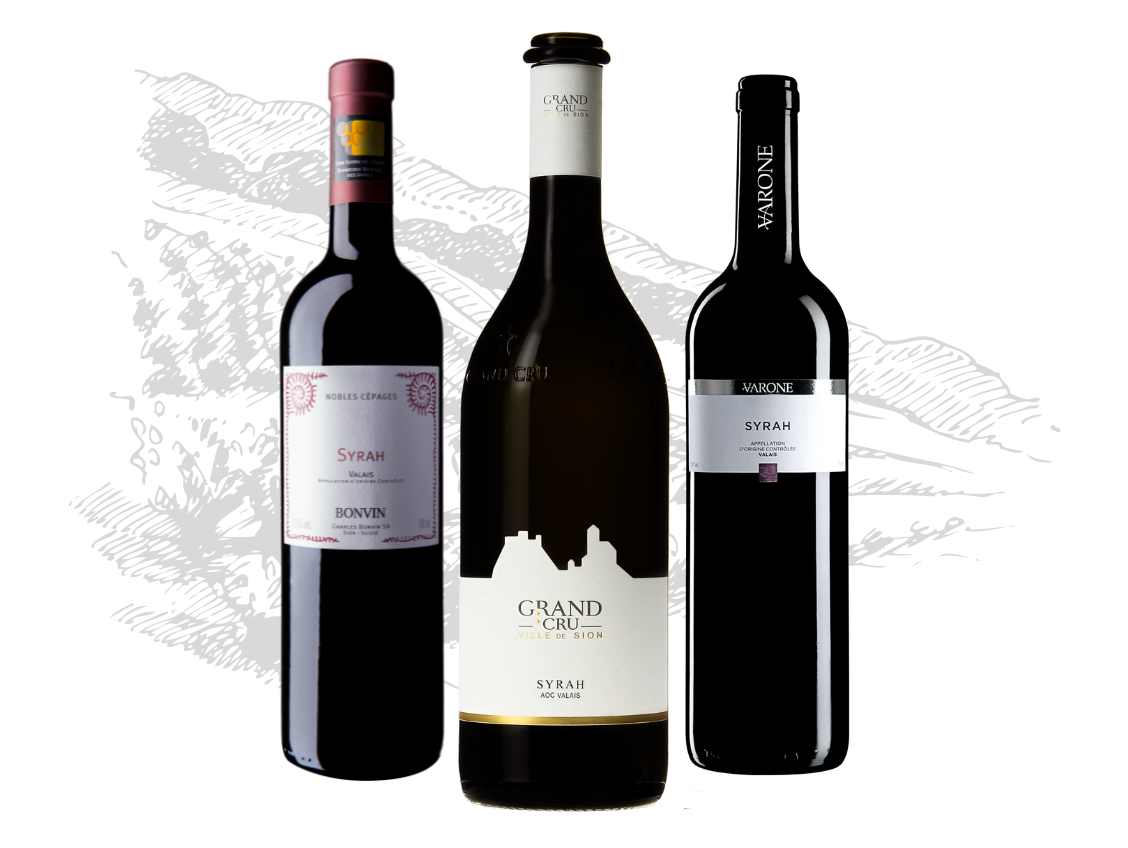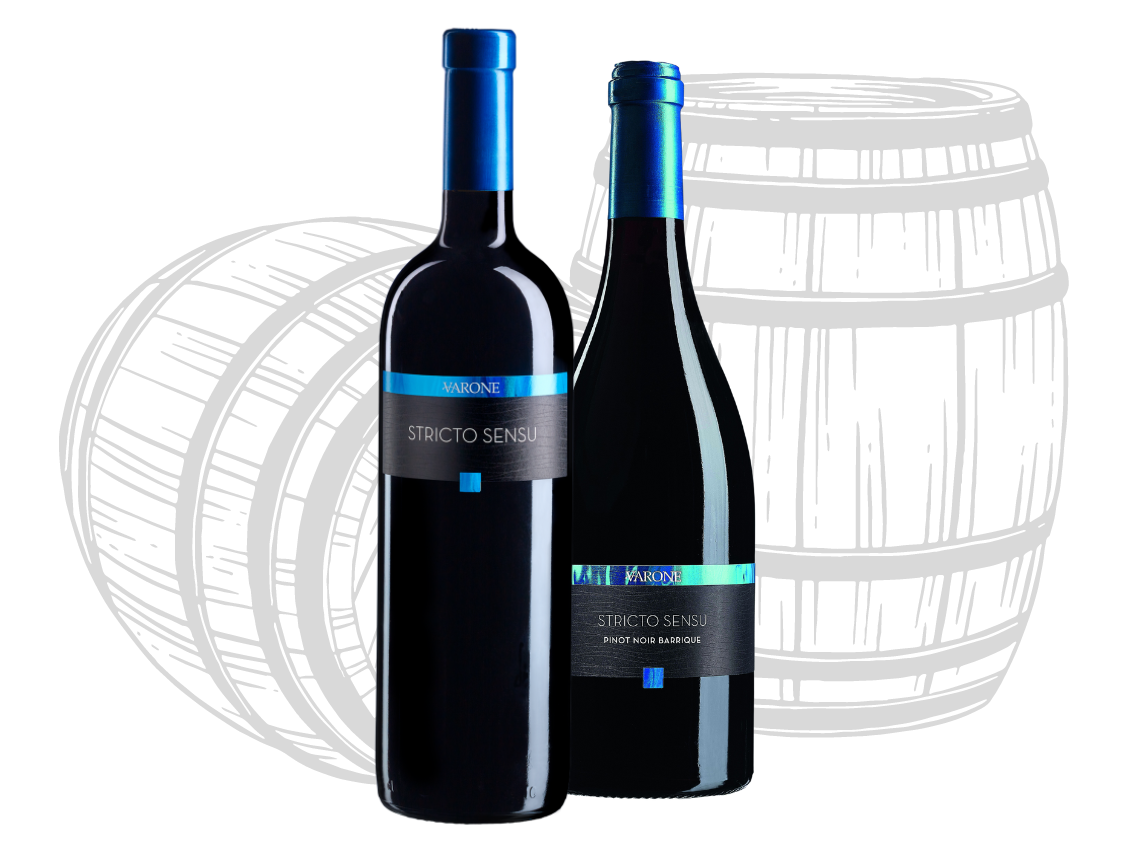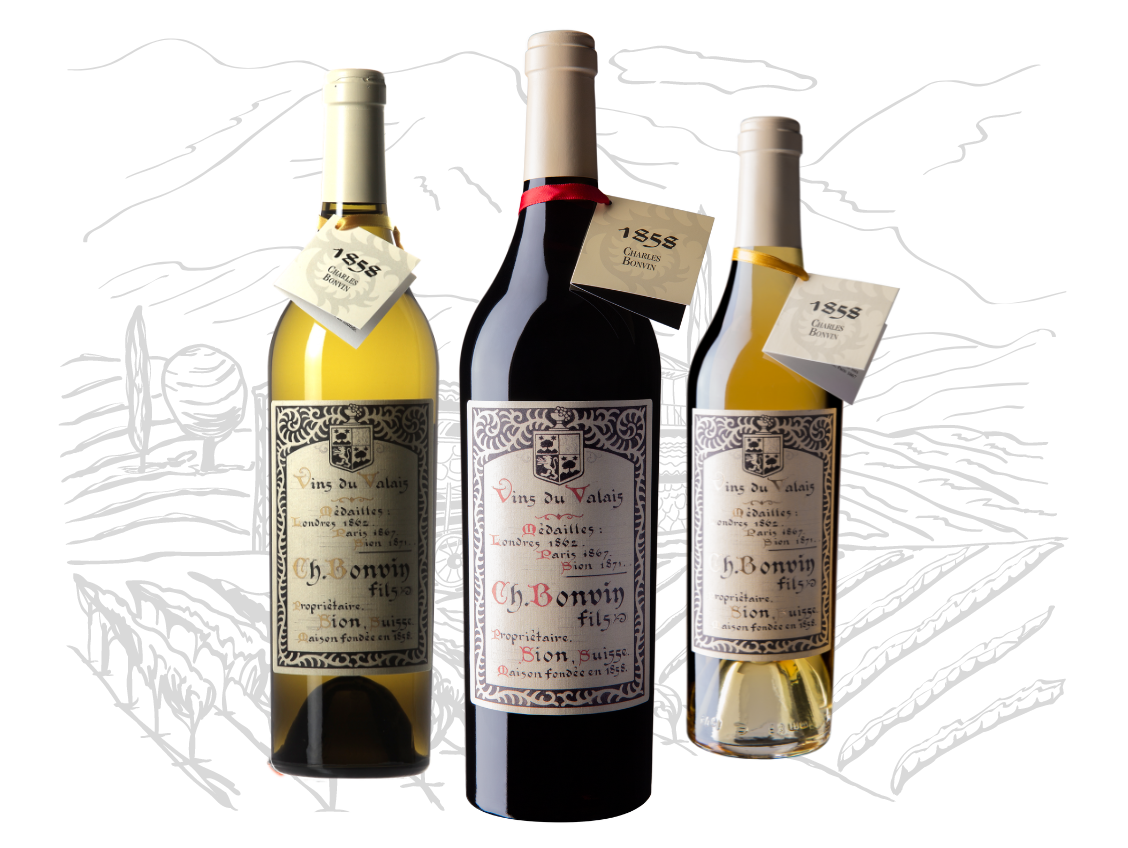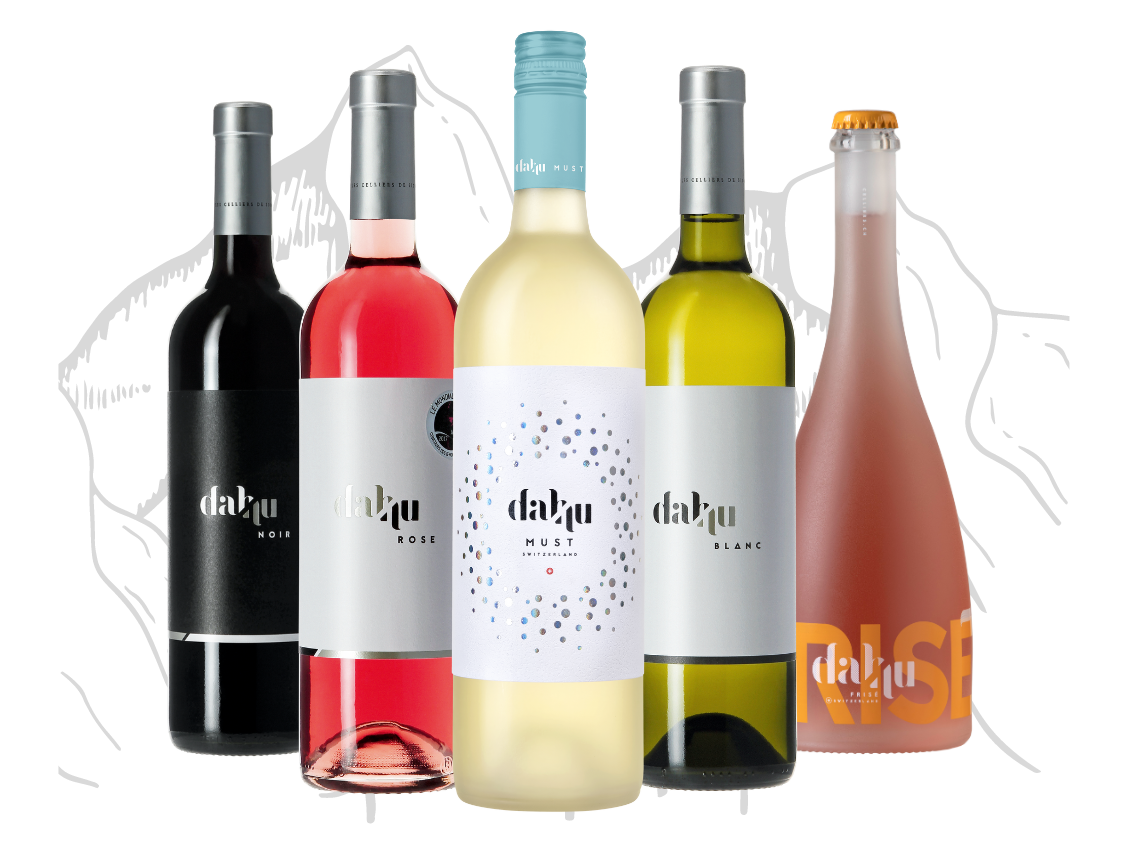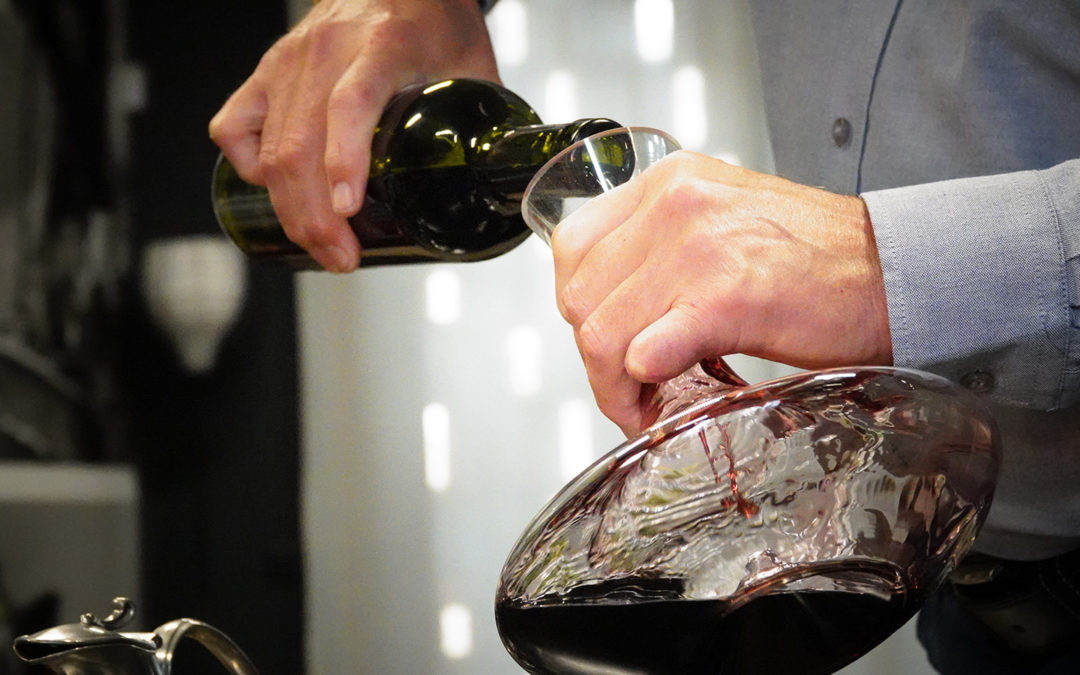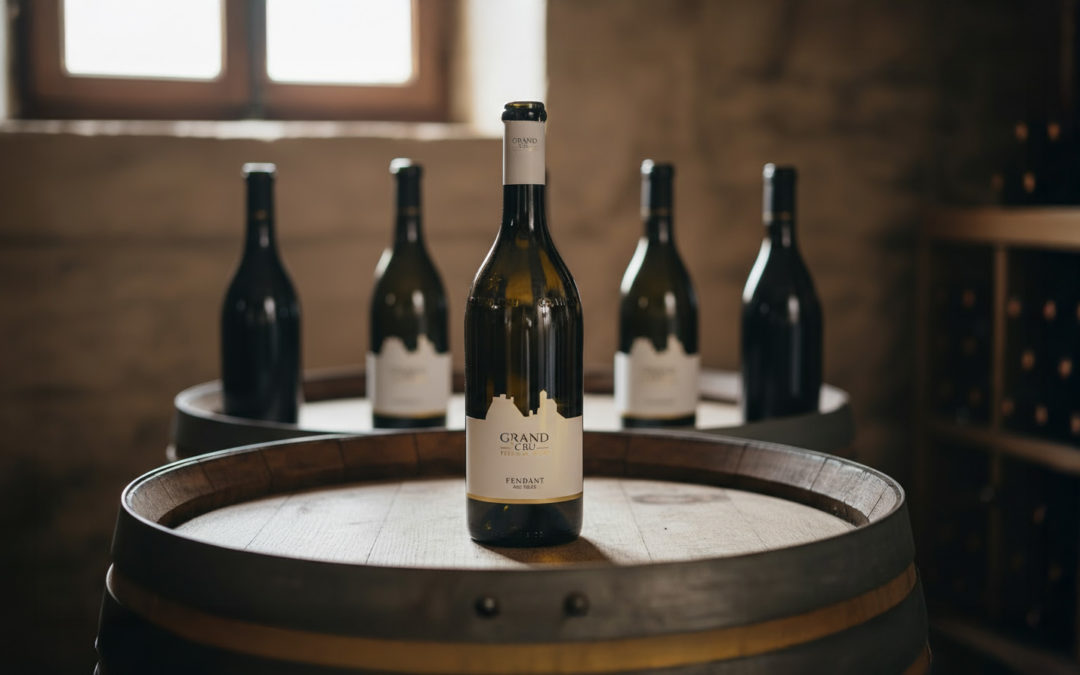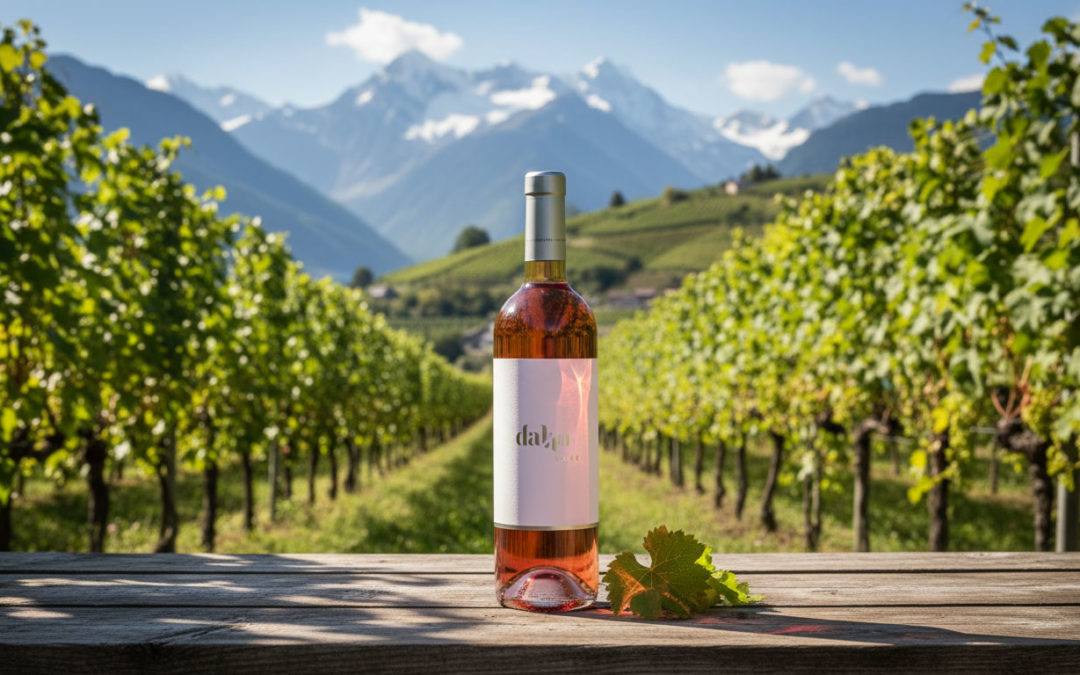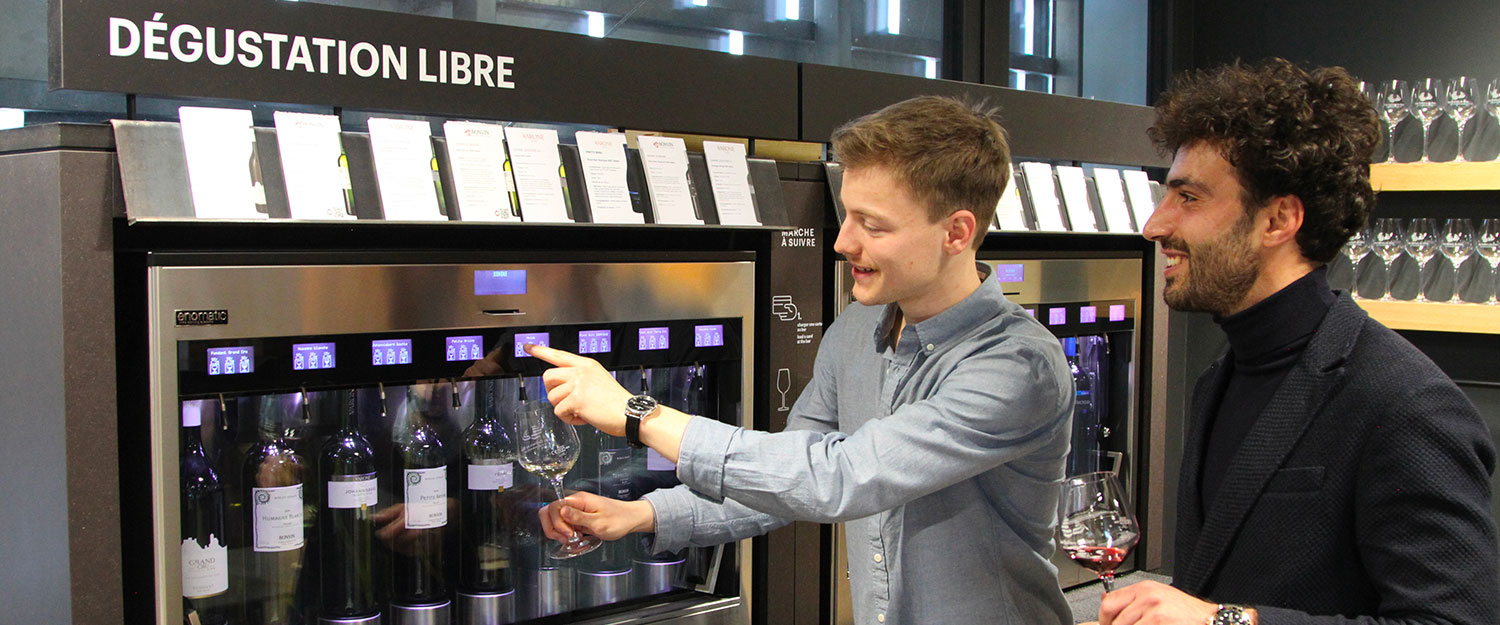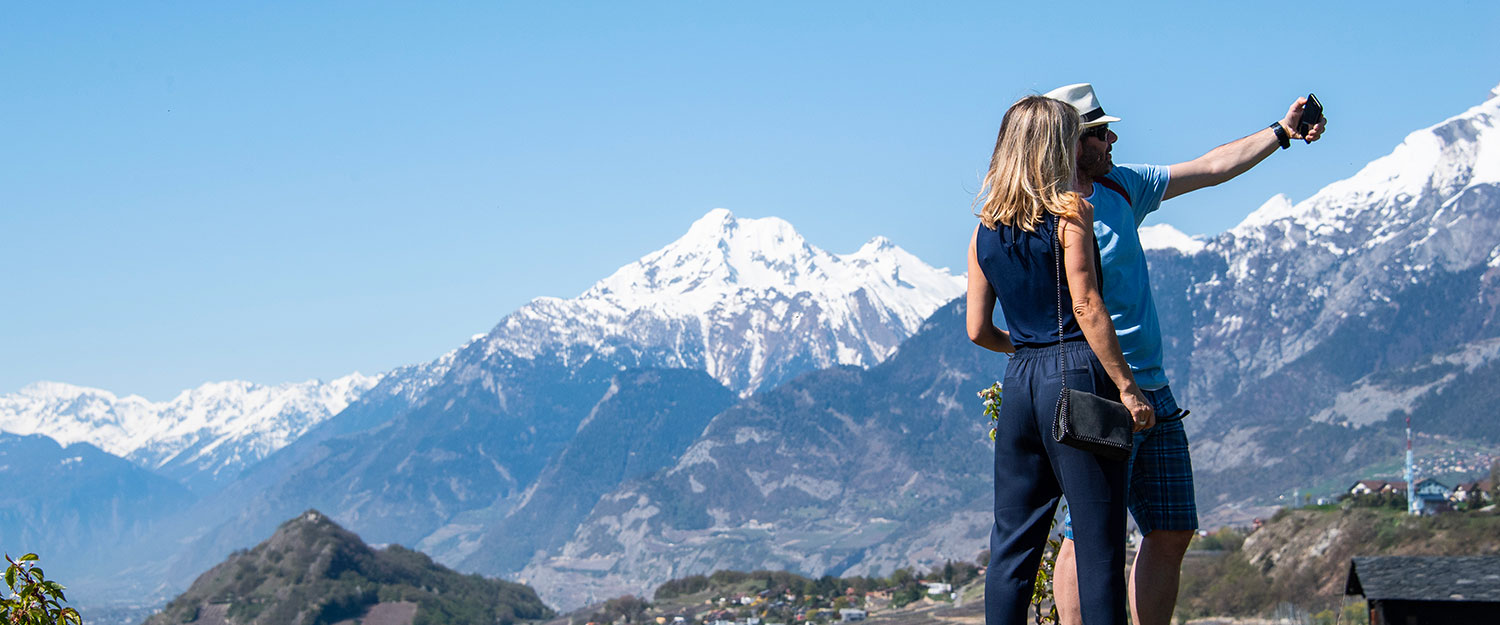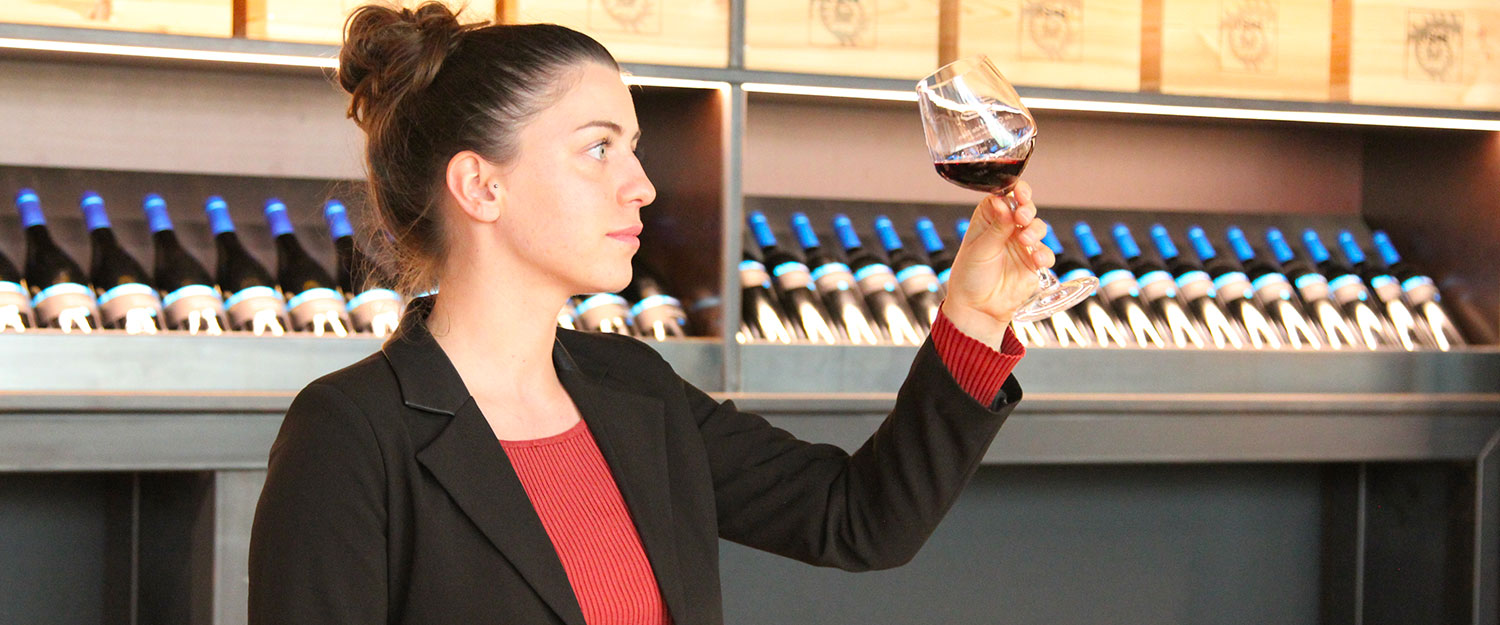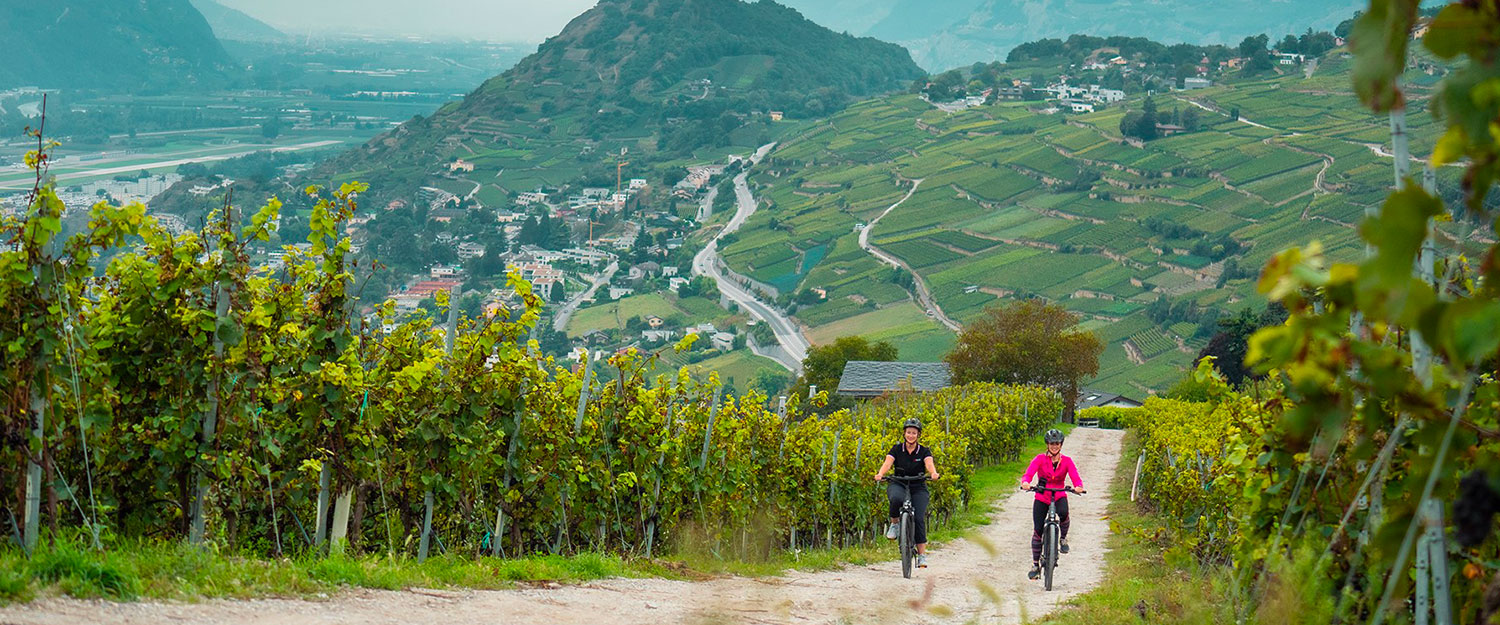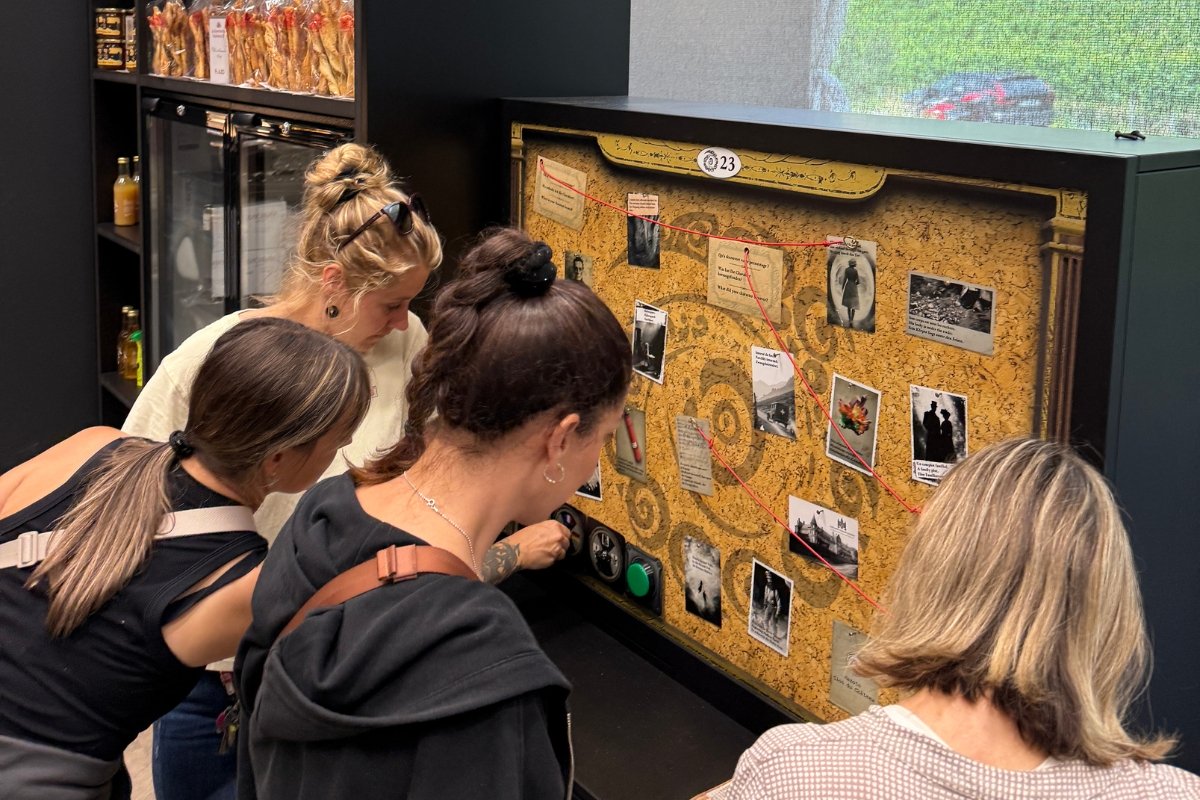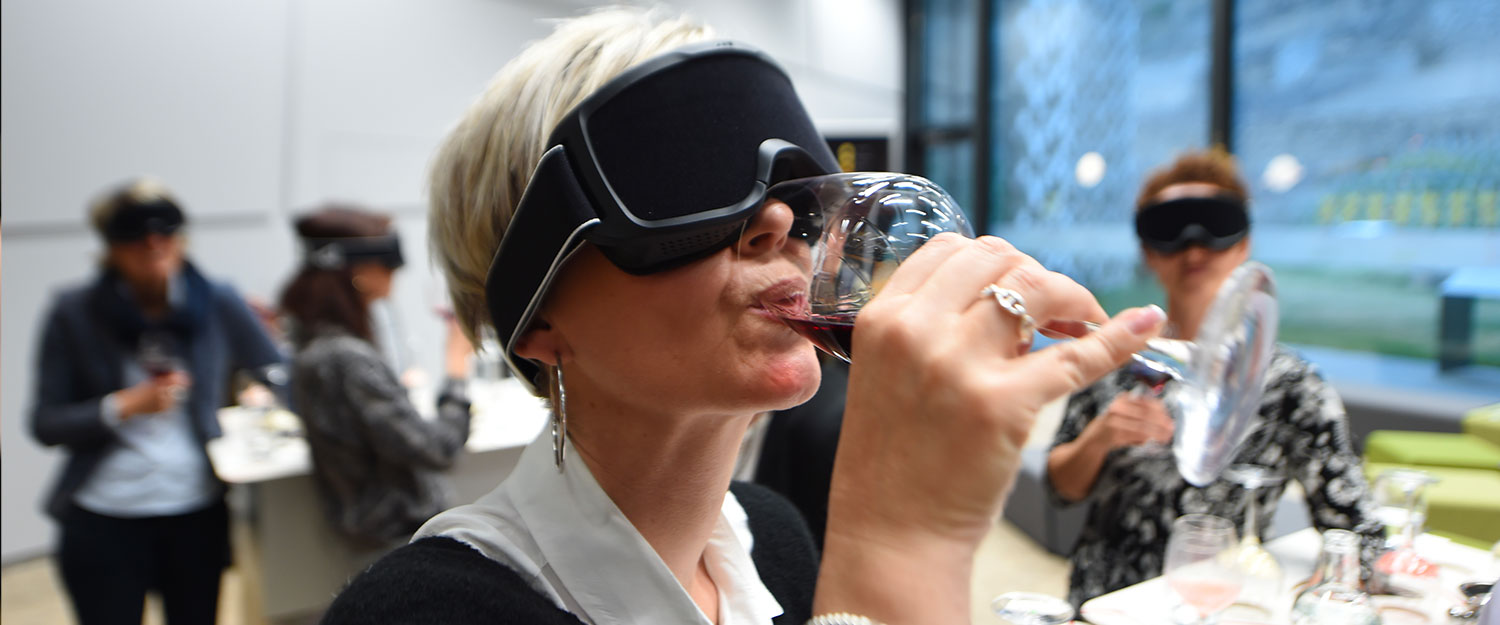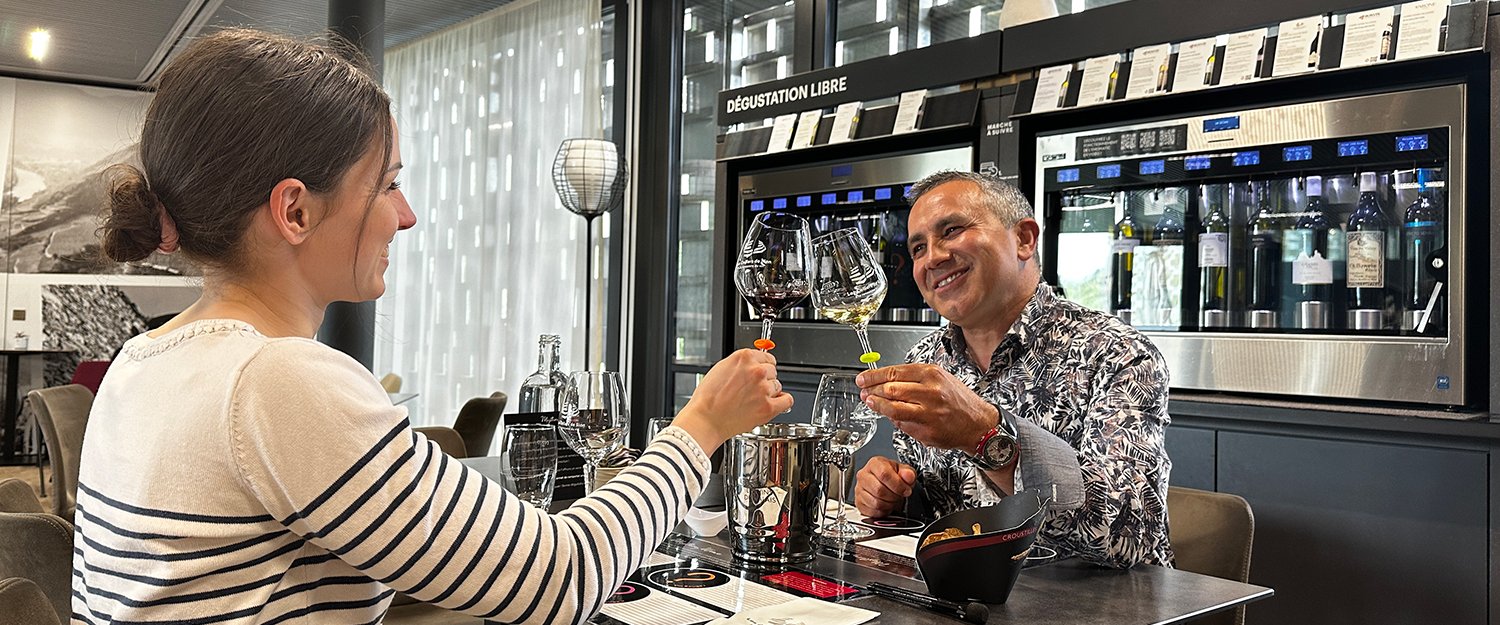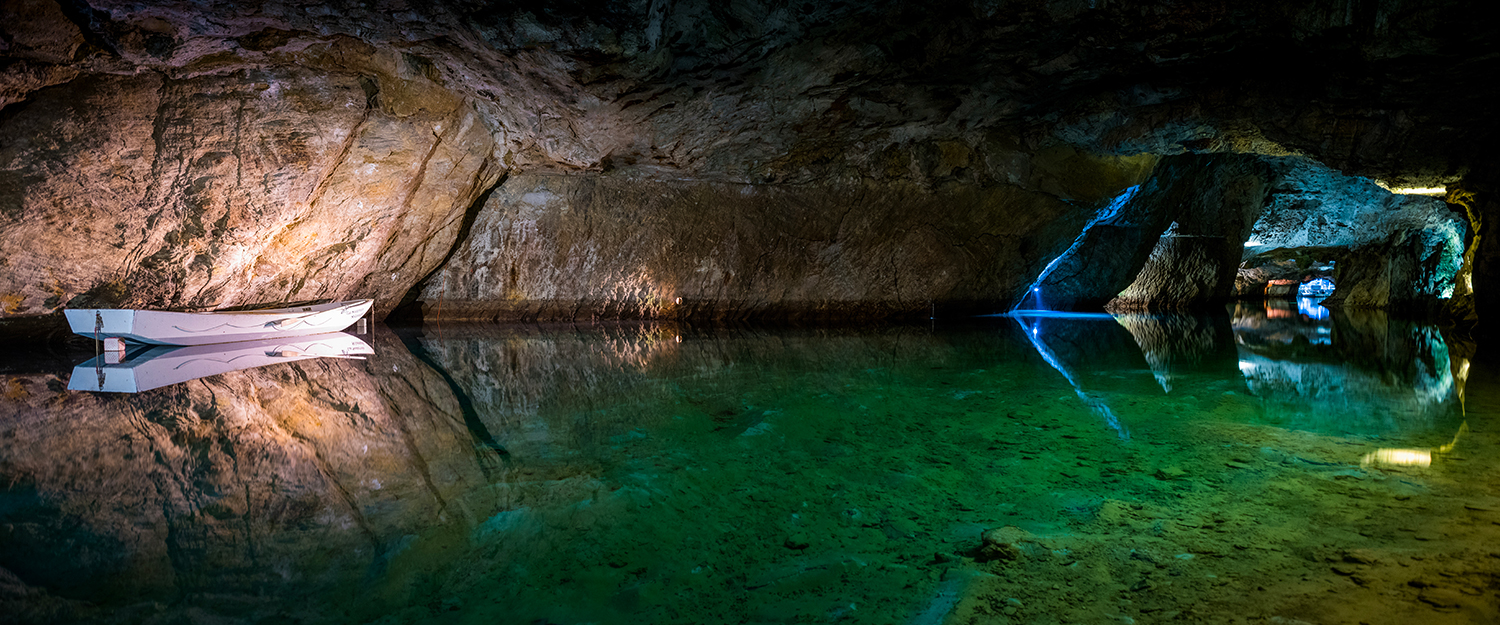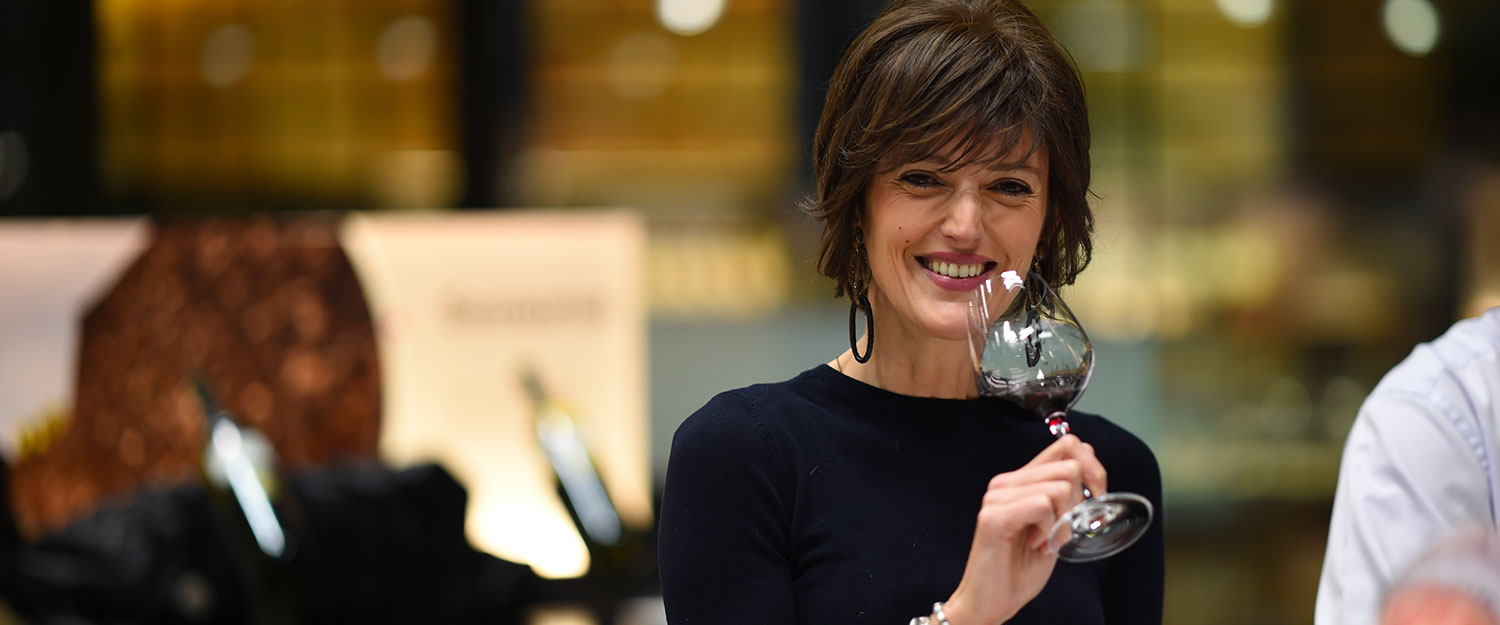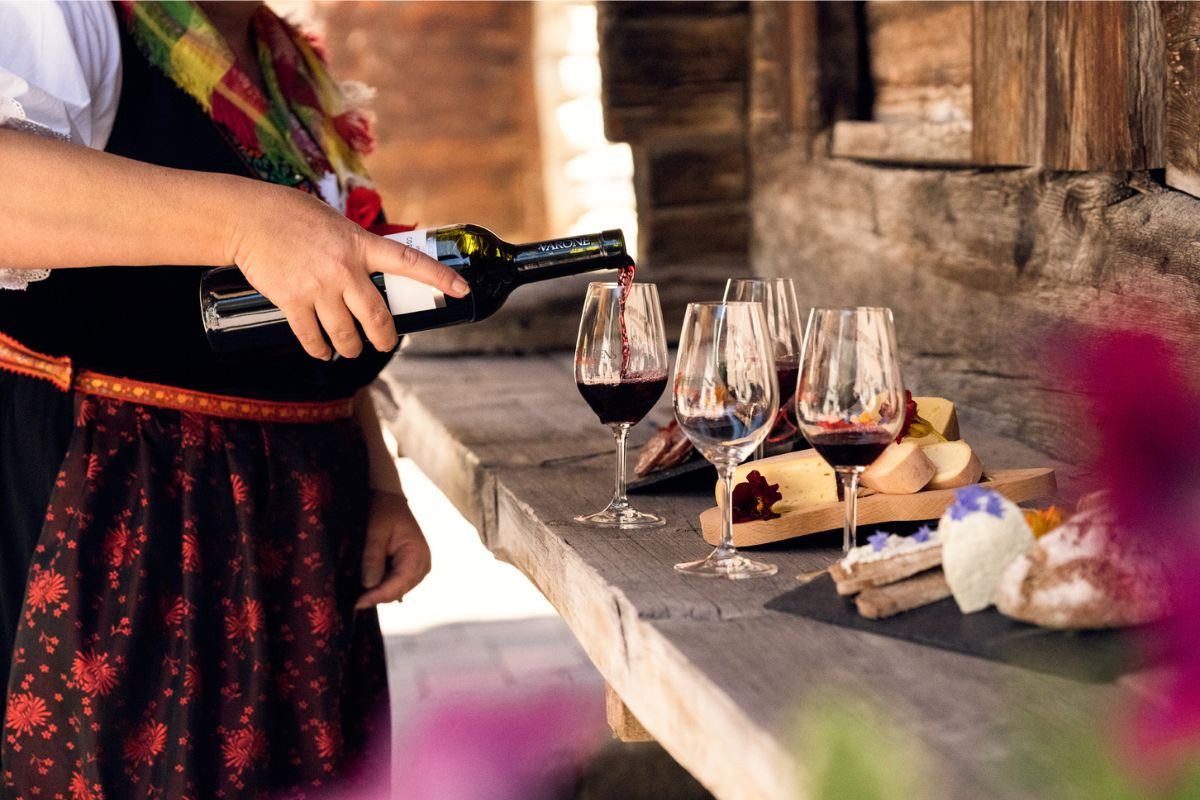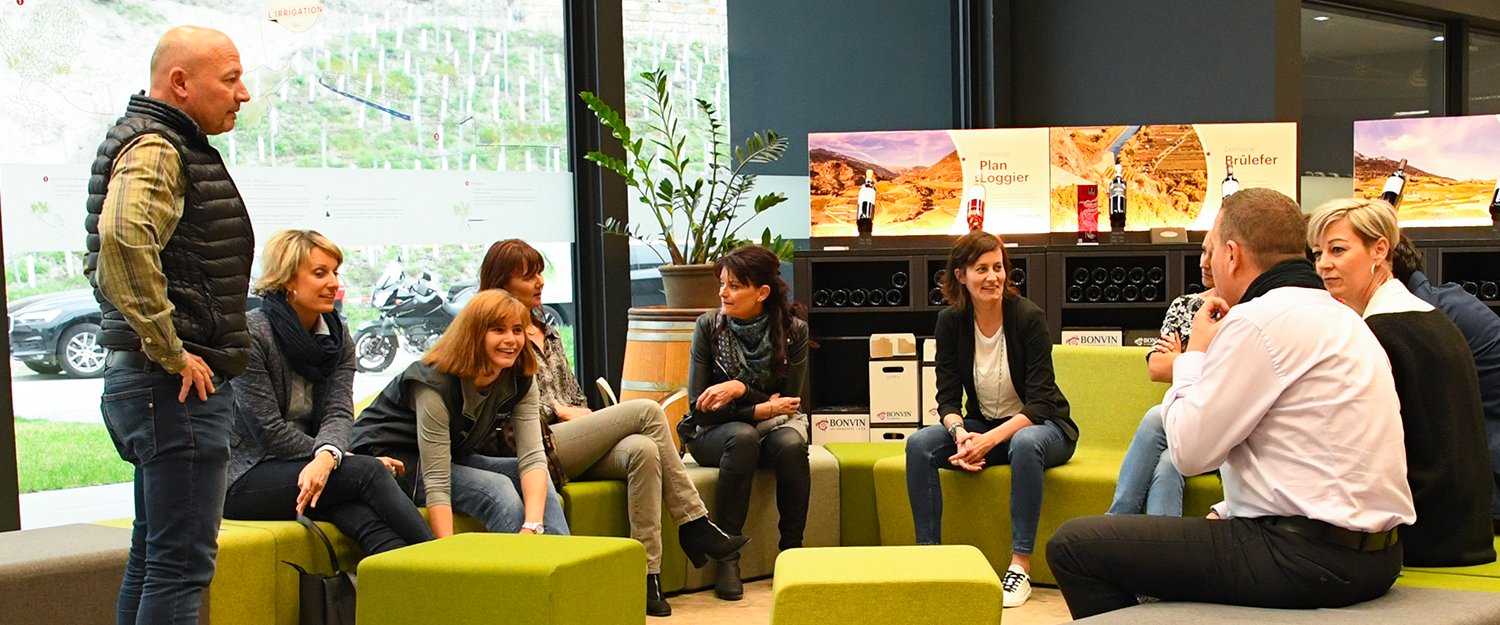We often hear that today’s Swiss wines are better than in the past. Has the Swiss wine lover become more chauvinistic, or is this a reality?
Until the ’80s, Swiss wines were confined to local consumption, often unappreciated by German-speaking consumers. Today, they rival the finest vintages, seducing even the most demanding palates.
So there’s no doubt that the quality of today’s Swiss wines has nothing in common with what was on the market 30 years ago.
So what’s really changed?
1. A paradigm shift
Industrial viticulture
In the second half of the 20th century, the Swiss wine trade grew strongly, thanks to a protective federal wine policy. To take full advantage of this favorable situation, production was industrialized.
Winegrowing is very profitable, especially when yields are high. Quantity is more important than quality. With the credo that quality is made in the cellar, winegrowers are encouraged to produce as much as possible.
The crisis of overproduction
This approach led to a crisis of overproduction due to the exceptional harvests of 1982 and 1983. The federal government’s wine policy was seriously called into question, as the trend was towards globalization of markets.
The import system is modified following the “salon importers” initiative. As a result, the market was liberalized.
Awareness
The opening up of borders has brought a realization: in a liberalized market, industrial viticulture has no future in terraced vineyards with high production costs.
The future of this traditional activity has no choice but to enhance the identity and originality of this terraced vineyard, built on a long tradition of indigenous grape varieties, soils and climate marked by an incomparable alpine environment.
AOCs and quality
As a result, the vision changed and quality became a central objective. The Appellation d’Origine Contrôlée (AOC) label was gradually introduced in 1991.
This includes :
- Limited yields
- Higher minimum sugar content requirements
- Controlling the health of the grapes
Grape harvest payment scales are redefined to favor quality. The degree of ripeness is better taken into account, and grape varieties that are more difficult to cultivate (specialties) are better remunerated.
2. A new generation of producers
A new generation of winemakers, most of whom have been trained at the Changins school and have taken part in practical training courses abroad, is bringing a new dynamic.
They realized that without quality grapes, the winery could not make great wines. Under their impetus, combined with the evolution of the market, traditional viticultural practices were going to be fundamentally changed.
The winegrower’s primary task is no longer to maximize yield, but to strive for quality. This realization is decisive and marks the beginning of a new era based on quality.
Swiss wines are regaining their color and identity by emphasizing the identity of their grape varieties, to the detriment of clonal selections developed to ensure juicy yields. This trend will benefit indigenous grape varieties in particular.
3. Reinforced regulations and training
New viticultural practices
In concrete terms, winegrowers are adopting quality-oriented practices and gradually abandoning industrial practices. The introduction of AOCs with yield limits implies in particular :
- A sharp reduction in the use of chemical fertilizers
- More severe pruning to reduce the number of bunches per vine
- Removing excess bunches
- Green harvesting to eliminate bunches or parts of bunches that will not reach maturity. This ensures that the remaining grapes reach full, even ripeness.
- The elimination of irrigation on the eve of the harvest to swell the grapes. The watchword has become “concentration” to the detriment of “quantity”.
- Sorting the harvest in the vineyard. This involves removing any bunches that have not fully ripened. Only perfectly clean, healthy and ripe grapes are taken to the cellar.
Gone are the days when children had to help in the vineyard and pick up fallen grapes. Today, only healthy, ripe grapes are taken to the cellar.
The price of revolution
The introduction of Appellation d’Origine Contrôlée regulations has not made everyone happy, as this revolution has come at a price. As a result of competition and market pressure, grape growers have seen their income from work fall sharply.
Working the vines is no longer as profitable as it once was. Practices aimed at controlling the quantities produced have therefore often met with strong resistance. We’ve often heard “It’s a sin to take away what God has given”.
An optimistic future
On the other hand, Swiss wines can now look to the future with optimism, as they have asserted their identity and confirmed the legitimacy of Alpine viticulture, even in a liberalized market.
Changing grape varieties
Changes in the grape varieties planted in the Valais vineyards perfectly reflect this new quest for quality and identity. The areas planted with Pinot noir, Gamay and Chasselas are declining sharply, to the benefit of the specialties, which are much more highly valued.
In 1991, the 3 main grape varieties (Pinot noir, Gamay and Chasselas) accounted for 87.2% of the vineyard. By 2023, they will account for just 53.7%.
Thus, during this period, the areas planted with the 3 main grape varieties almost halved (4,592 → 2,486 ha), while at the same time the areas planted with autochthonous varieties increased 5-fold (121 → 637 ha).
Petite Arvine increased from 39 to 260 ha. Cornalin from 14 to 163 ha.
The revaluation of native grape varieties underlines the originality of Valais terroirs and preserves the incomparable heritage value of the terraced vineyards. Would you like to find out which grape varieties are the most widespread in Switzerland, and what makes them so unique? Browse through our comprehensive guide to discover their richness and diversity.
4. An evolution still in progress
The changes over the last 4 decades have been spectacular. The face of the vineyard has changed. Not only the grape varieties, but also the methods of cultivation have changed.
Wire-grown vines have replaced gobelets, permanent grass cover is common practice and possible thanks to drip irrigation, and vines are no longer planted in the direction of the slope but in perpendicular banks to allow mechanization.
So, this aging vineyard is set for further change. With global warming, typical southern grape varieties such as Malbec, Mourvèdre and even Grenache or Tempranillo could appear.
We are also seeing the arrival of resistant grape varieties (PIWI), which meet the expectations of environmentally conscious consumers.
5. A revolution in the cellars too
Meanwhile, wineries have also undergone a veritable oenological revolution. Winemakers adopted modern techniques and innovative tools to improve wine quality. Above all, hygiene and impeccable cleanliness became the norm.
Modern equipment
Swiss wineries have equipped themselves with modern machinery to optimize every stage of the winemaking process. For example:
- Pneumatic presses for gentler juice extraction
- Stainless steel tanks with temperature control for precise fermentation
- Modern filtration systems for optimum purity
- Precise temperature control during fermentation
- Use of stainless steel tanks and adapted barrels
- An increase in the number of small vats to allow parcel-by-parcel selections and individualized vinification of each grape variety.
These innovations help preserve the aromas of each grape variety, producing finer, more balanced wines with better structure and aromatic complexity.
6. Responsible viticulture
Swiss winegrowers have also adopted environmentally-friendly practices. The use of organic products and the reduction of chemical inputs have become priorities. Here are a few concrete examples:
- Use of natural products to protect vines
- Reducing the use of sulfites during winemaking
- Sustainable water management to preserve local resources
These efforts are part of a drive to optimize the expression of terroir, while responding to growing consumer demand for wines that are more respectful of the environment.
As a result, many wineries are opting for organic viticulture or even biodynamic viticulture.
7. Recent awards and distinctions
Once little exported, Swiss wines are now gaining in visibility thanks to medals and distinctions won at international competitions. This recognition is the result of our efforts to improve quality.
Swiss winegrowers have realized that they have a place on the world market.
Prestigious competitions
In recent years, numerous awards have been presented at prestigious competitions such as :
- The Concours Mondial de Bruxelles
- Vinalies de Paris
- Canada’s world selections
- The Decanter World Wine Awards
These awards testify to the qualitative evolution of wines from regions such as Valais and Vaud, as well as Ticino, Grisons and German-speaking Switzerland.
In fact, all of Switzerland’s wine-growing regions have followed suit, and today, exceptional wines can be found in every canton.
Recent international awards
Varone Wines
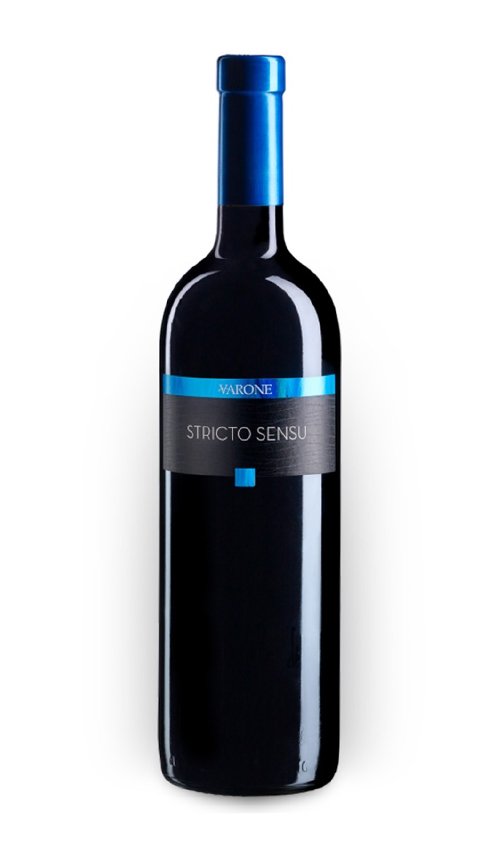
Stricto Sensu 2018
- Grand Gold at the Vinalies de Paris in 2023
- Le Decanter 2023 – 95 points
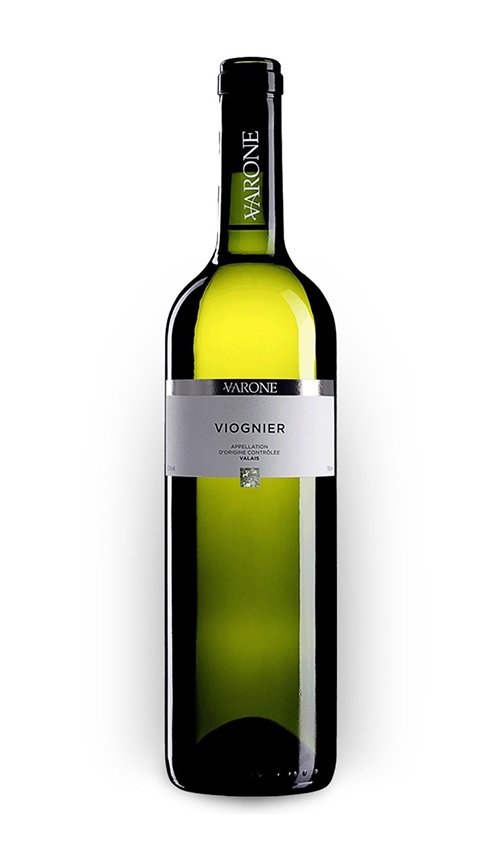
Viognier 2022
- Gold medal at Concours Mondial de Bruxelles 2023
Bonvin 1858
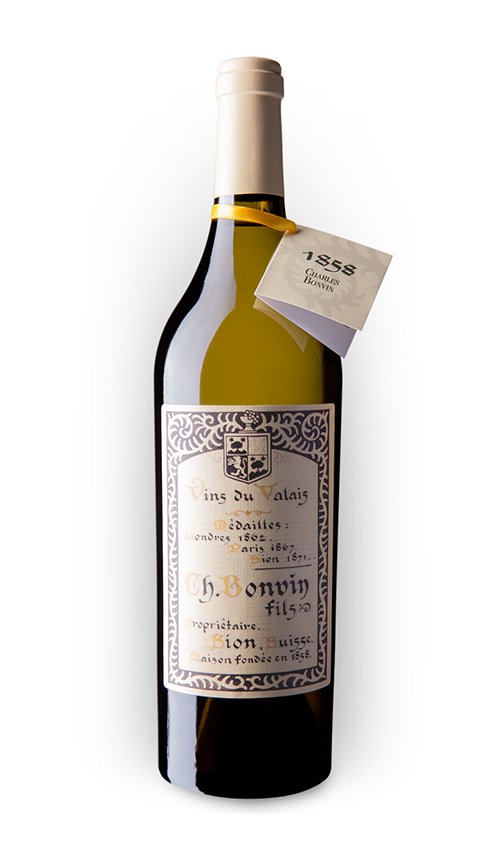
Cuvée 1858 White 2021
- Gold medal at Vinalies 2024
- Decanter 2022 Platinum 97/100 (highest distinction in the competition)

Cuvée 1858 White 2022
- Parker 2025 – 92 points
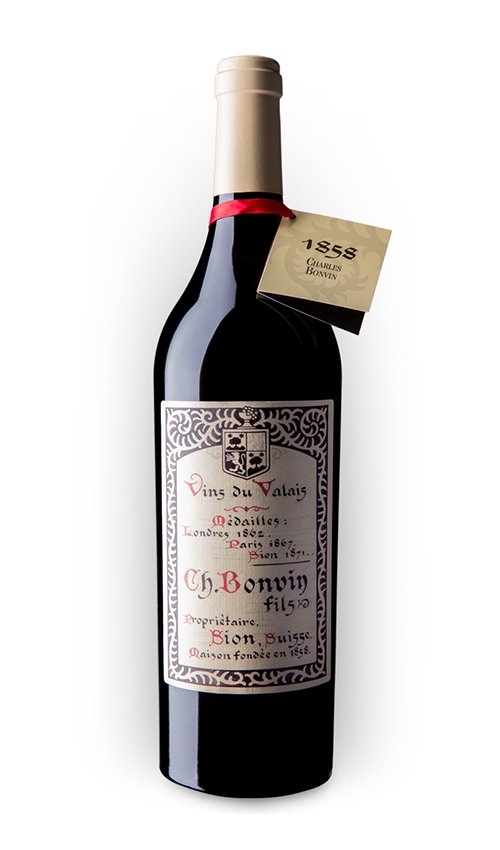
Cuvée 1858 Red 2020
- Gold medal at Vinalies de Paris 2023
- Gold medal at Mondial de Bruxelles 2025
- Parker 2025: 90 points
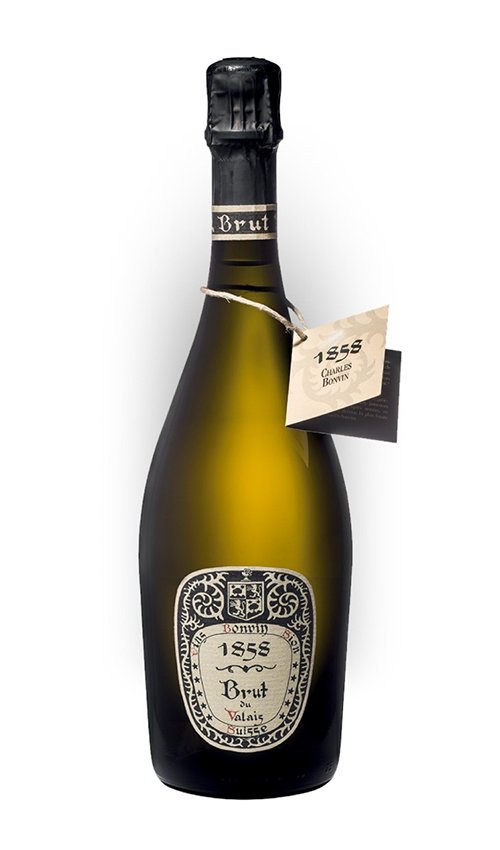
Cuvée 1858 Brut 2018
- World Gold Brussels 2025
20 years ago, Swiss wines were often perceived as modest, intended mainly for local consumption.
The changes initiated in the ’90s have led to the advent of quality Swiss wines that respect the personality of grape varieties and the typicity of terroirs.
Today, they shine on the international stage and have won recognition and respect not only worldwide, but also and above all in Switzerland.
